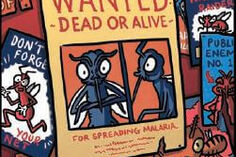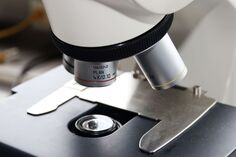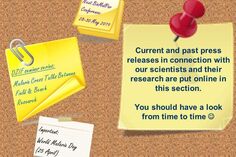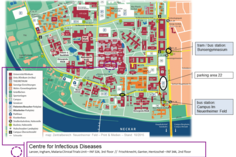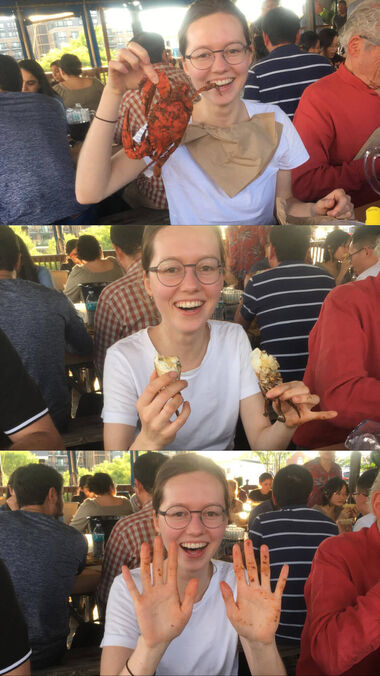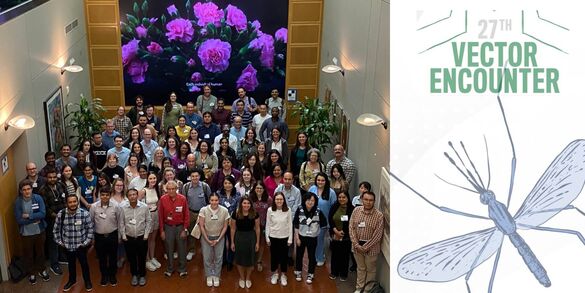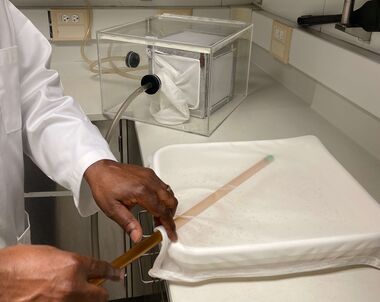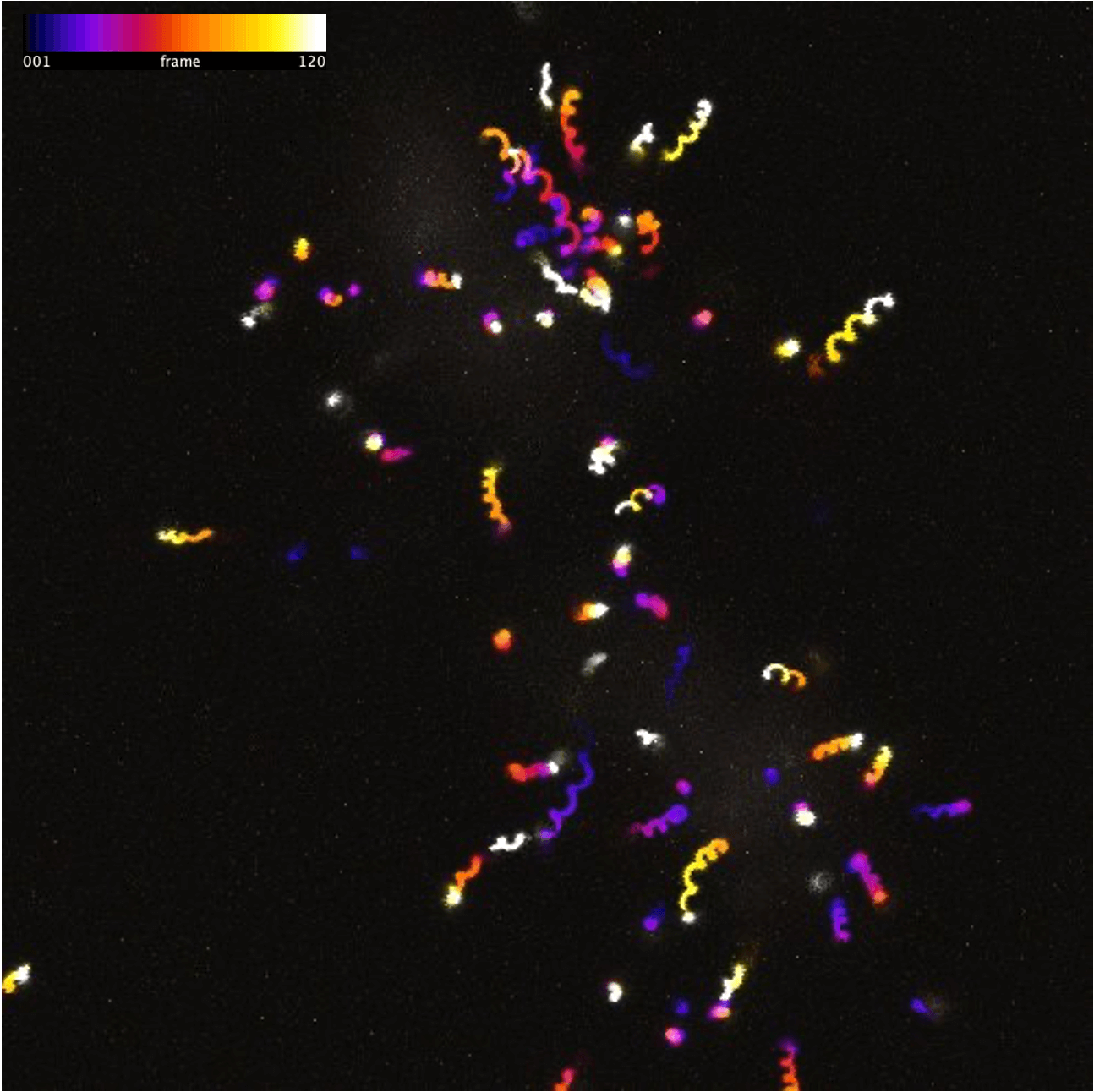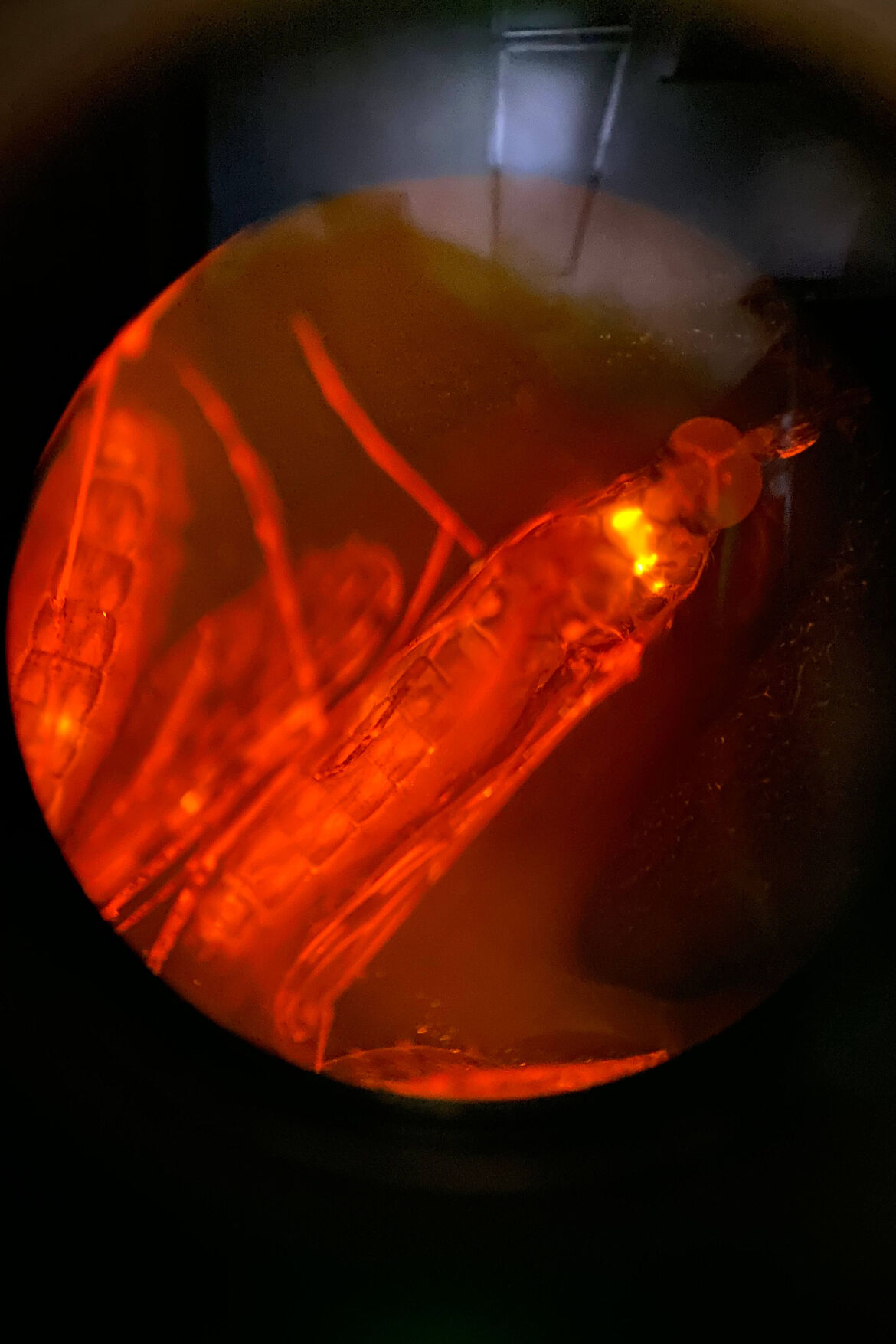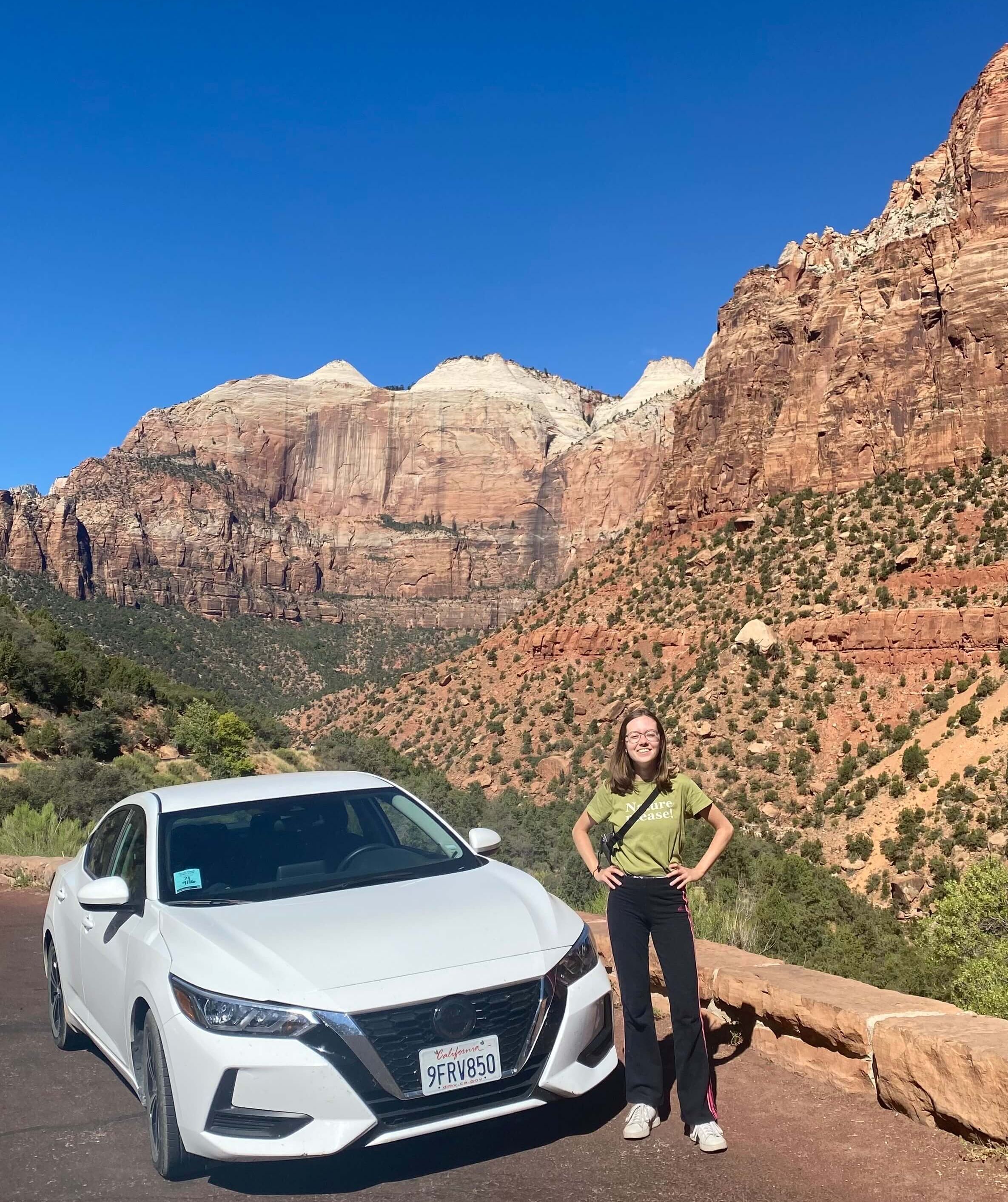Four months in the U.S.
A report by Smilla Steinbrück, MD student in the Frischknecht Lab

I had the opportunity to spend this last summer in Baltimore as a visiting student while conducting research at the Sinnis Lab. After meeting Prof. Sinnis during her stay as a Max-Kade visiting professor in Heidelberg, I immediately recognized that I would love to be mentored by her. She turned out to be a fan of my idea to do an internship in her lab. So, I started the quest to obtain a fellowship and a J1-visa. Just 3 weeks before my departure the visa got approved and off I went.
The City of Baltimore
The first thing I noticed about Baltimore was the weather: Throughout my stay I mostly experienced temperatures over 30 degrees Celsius paired with high humidity. Hence, after taking the bike to get to work every day I was happy about the airconditioned institute for the next 30 min - until I had to throw on a sweater.
Although Baltimore is known for its high crime rate, I am happy to report that I felt safe. Nevertheless, I avoided certain neighborhoods according to the recommendation of the locals.
The city has a lot to offer: From street festivals and live-music at the harbor, to free museums and outdoor-movie-nights. Once a month there is also a Bike-Party, where hundreds of people meet for a cycling tour full of costumes and music which leads through the city and ends at a brewery.
The variety of food and restaurants is very appealing: The state of Maryland is known for its sea food especially the blue crabs. They are normally served covered in a Baltimore typical spice blend called “Old Bay” and then cracked open with a wooden hammer and your bare hands.
The people of Baltimore also love Baseball. After attending my first game I immediately shared their fascination and went on to go to three more games.
The atmosphere is simply immaculate!
Johns Hopkins Bloomberg School of Public Health
During my first week at the institute, I was able to participate at the small conference “Vector Encounter”. It traditionally consists of so called “chalk-talks”, in which speakers are only allowed to use a chalkboard to convey their message. This allowed me to get to know the resident researchers and their work.
Within the first few weeks I connected with some PhD students from neighboring laboratories, with whom I went on to explore Baltimore and its surroundings throughout my stay.
On the photo from left to right: Yonatan, Stefano, Beatrice, me, Hannah, Luciana and Sebastian. They conduct research in the laboratories of Prof. Prigge, Asst. Prof. McMeniman, Prof. Sinnis and Prof. Baumgarth, which are all part of the department of Molecular Microbiology and Immunology.
The School of Public Health has a very impressive insectary, which consists of multiple chambers, rooms and incubators. In the high-containment area, mosquitoes are infected with the human pathogen Plasmodium falciparum. This allows the researchers to conduct more elaborate experiments.
In the photo to the left: mosquitoes, that have already hatched, are collected directly into a metal cage using a vacuum.
Research
I was warmly welcomed into the Sinnis Lab. Sachie, an experienced PostDoc, generously answered my questions and taught me all the things I needed for my three small projects. With her open-door policy Prof. Sinnis was indeed an extraordinary mentor.
On the photo to the right: The Sinnis lab members on my last day after a goodbye-lunch.
Primarily, I worked on an assay which has previously been established at the Frischknecht Lab in Heidelberg to investigate 3D motility of Plasmodium berghei sporozoites. My goal was to adapt the experiment to work with Plasmodium falciparum parasites. After setting up the assay for Plasmodium berghei first, I spent weeks troubleshooting to finally get it working just in time before my departure.
The image to the left depicts the 3D trajectory of fluorescent Plasmodium falciparum sporozoites moving through a gel.
Another project studied whether increased vascular permeability affects infectivity and liver load. Unfortunately, this did not yield any significant results. I did, however, learn a lot of different things along the way: how to set up a new experimental pipeline, and methods like qPCR and intradermal microinjections.
During the weekends I had the opportunity to explore different places along the East Coast: In NYC, I stumbled right into the pride parade before second-hand-shopping my way through Williamsburg. Block Island was a peaceful break from the major cities. Washington D.C. impressed with its architecture. Lastly, Boston somehow felt very European and mysterious in the beginning of fall.
The East Coast
Roadtrip through the American West
Even though I started out being hesitant about possibly feeling lonely, I decided to do a roadtrip from Las Vegas to Salt Lake City by myself before returning back to Germany. The roadtrip did not disappoint: Apart from witnessing some amazing places, I met so many inspiring people of all ages and cultures along the way - while hiking, on the campgrounds and at the gas station. Some were companions for a short part of a hike, others spent 6h with me wading through water, some shared their dinner at the campfire with me and yet others hosted me when I could not find an unoccupied campground.
To the right: Me after leaving Zion National Park
To the left: Bryce Canyon National Park.
It is amazing, how all these National Parks have the red coloring of the rocks in common, but look so different to each other.
What a great experience!
As you can probably tell, I spend very fulfilling 4 months in the US.
I am thoroughly grateful for this extraordinary opportunity, which allowed me to dive deeper into malaria research and learn more about these fascinating organisms!
This time will not only impact my future career path, but also remain a fond memory!

